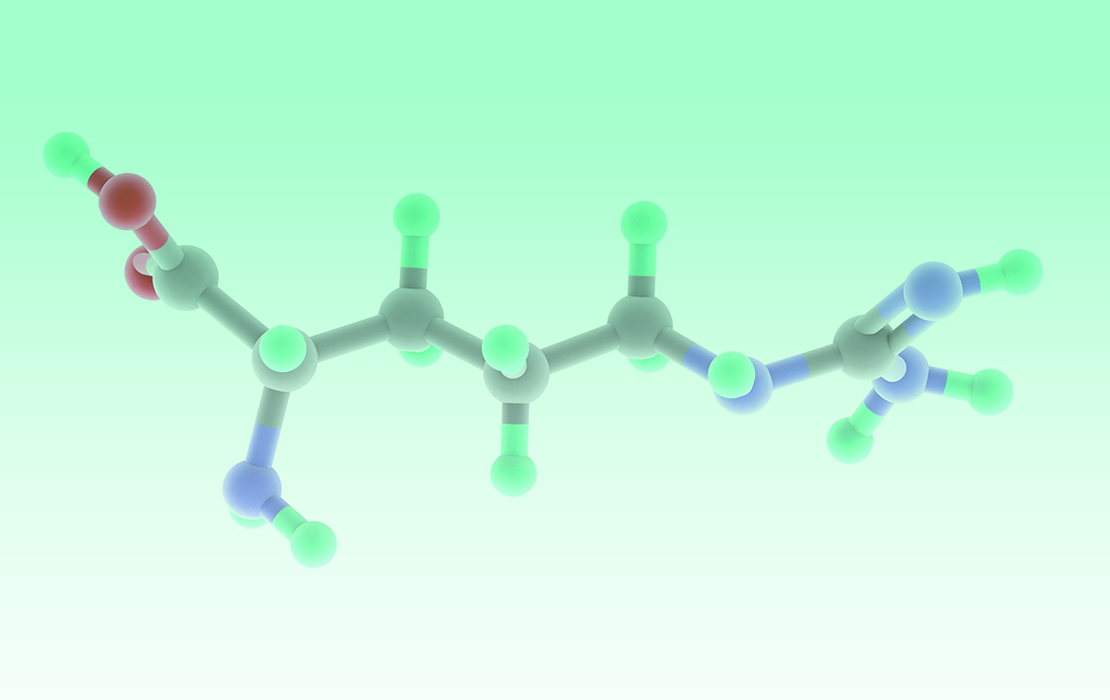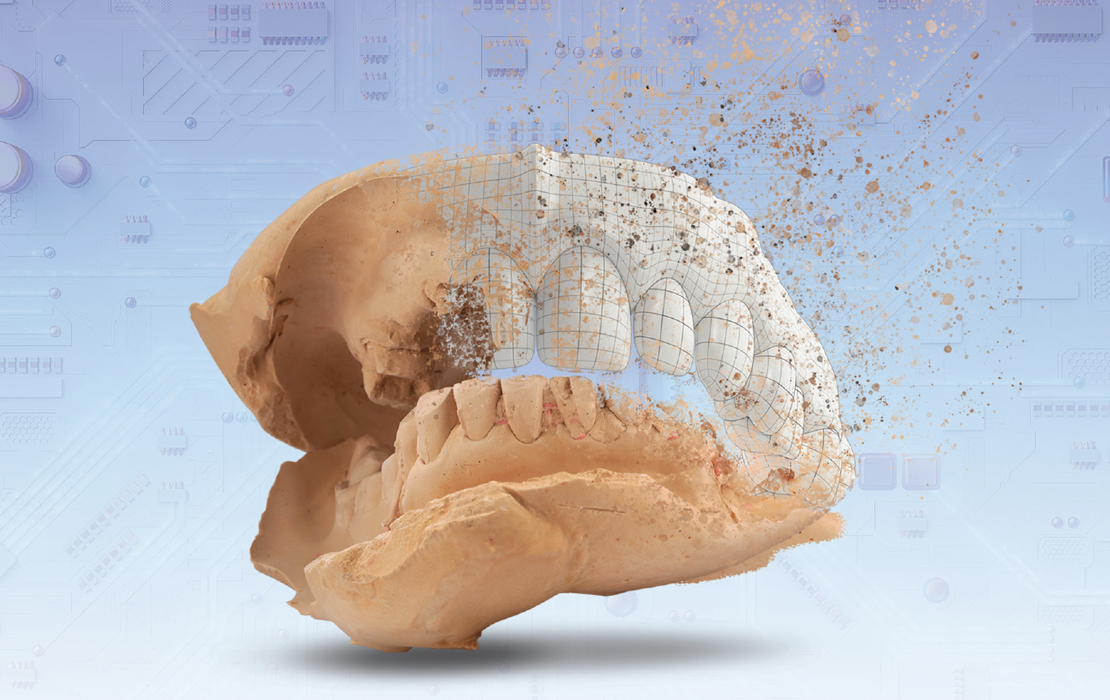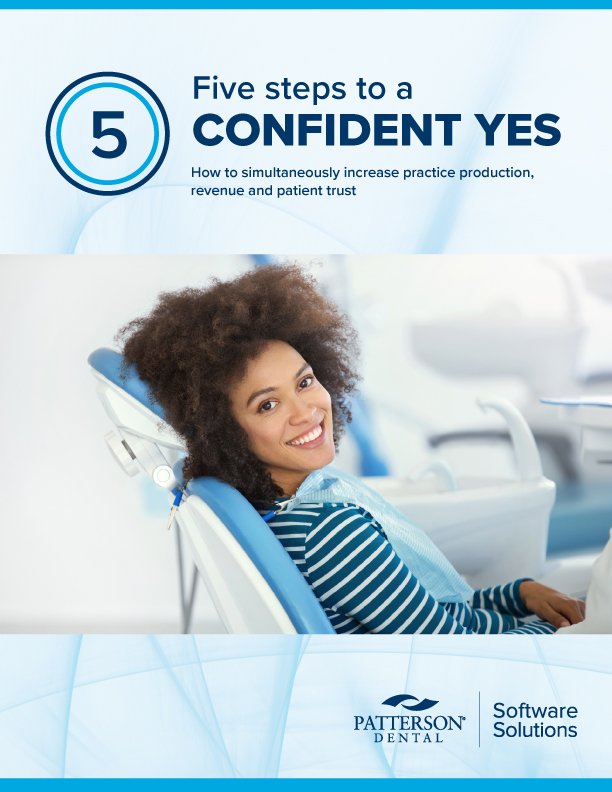First think tank meeting yields promising possibilities
ADA, dental industry seek common ground to advance profession, public health
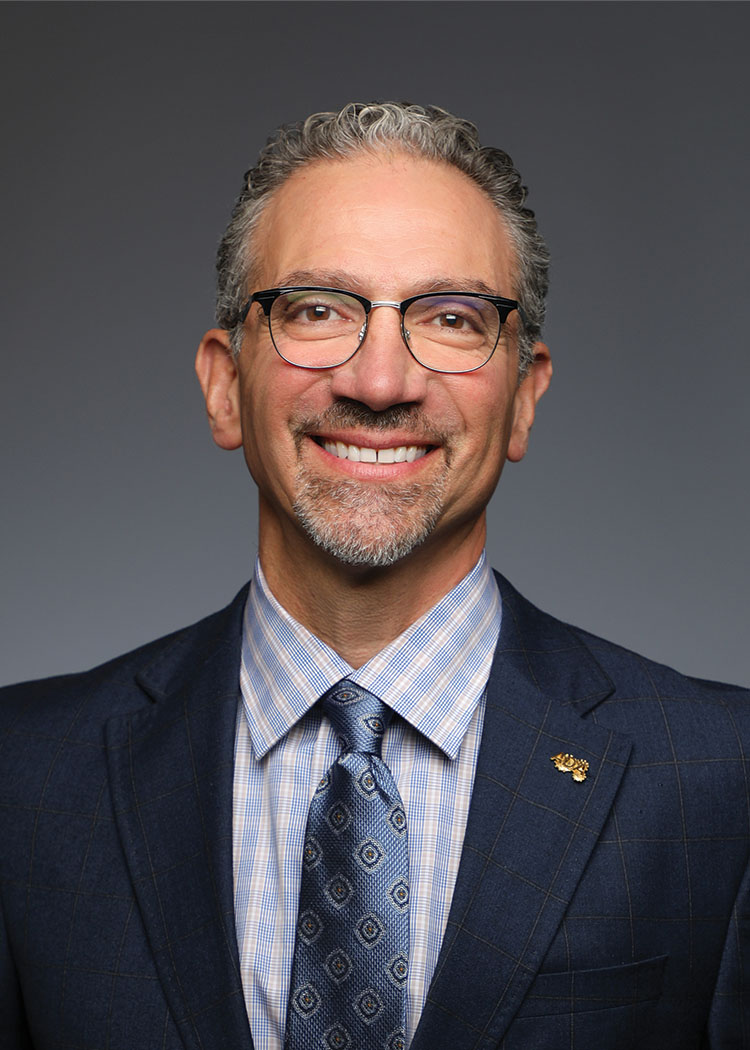
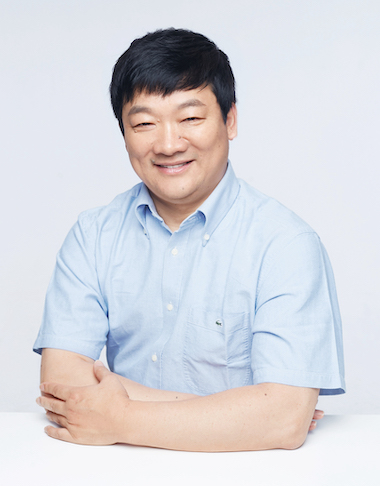
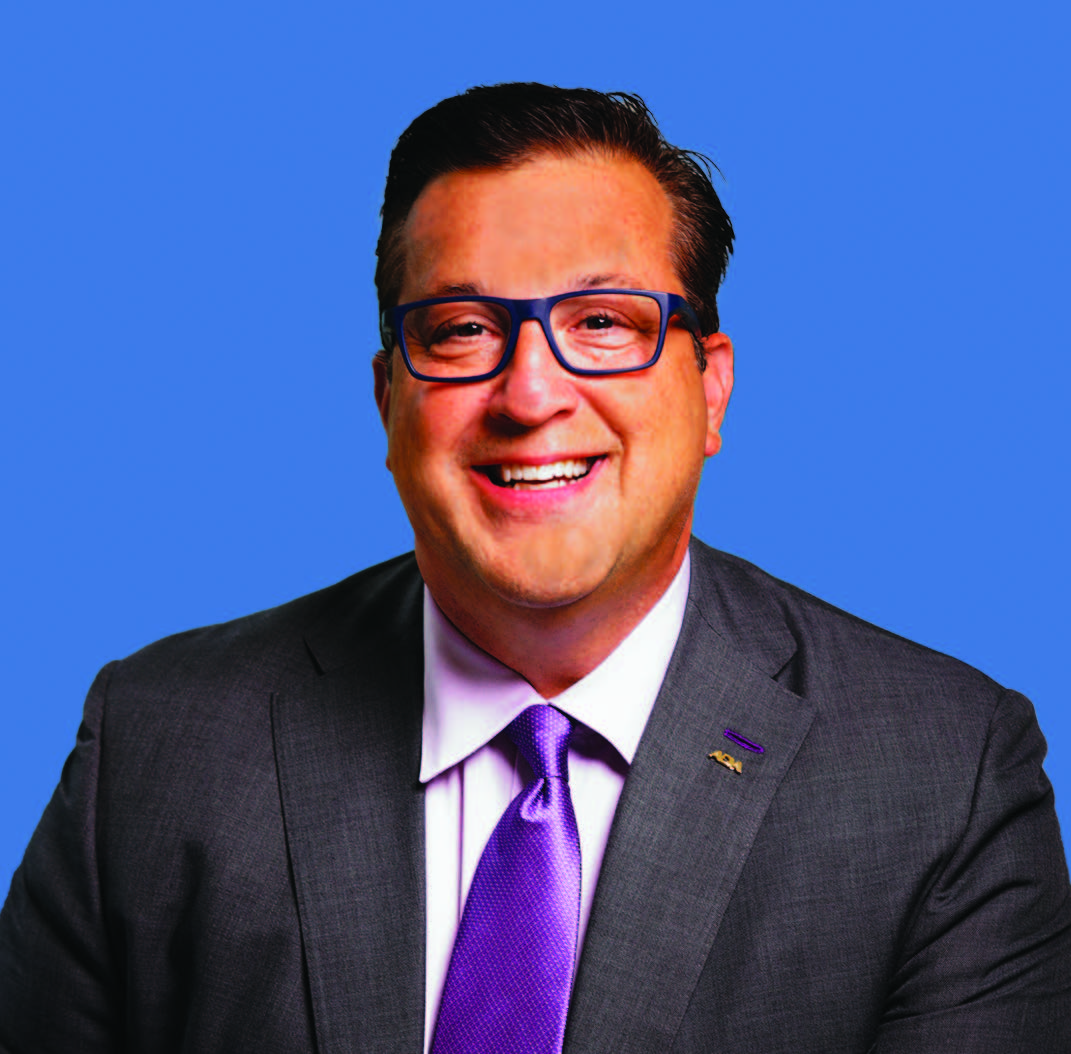
Innovation. Research. Collaboration. A brighter future.
The words are simple, but the effort is complex. Dental leaders who are part of a collaborative think tank convened by the ADA and ADA Forsyth Institute say they are up to the challenge and met for the first time in January to get started.
The ADA Innovation and Research Consortium, formerly known as ADA Corporate Partners, brings together the ADA, ADA Forsyth Institute, and leaders from across the dental industry with the goal of enhancing global oral health and eliminating oral disease.
The group held its first meeting Jan. 15 with stakeholders from dental product companies, distributors, start-ups, insurers, investors, and dental service organizations. Additional stakeholders will be added in the future.
ADA News spoke with Brett Kessler, D.D.S., ADA president; Richard Rosato, D.M.D., ADA president-elect; and Wenyuan Shi, Ph.D., CEO of the ADA Forsyth Institute, about the first meeting, the mission of the group and what the future holds.
Q. Why was this group formed?
Dr. Shi: The dental profession and dental industry are fragmented, siloed and lack space for true collaboration around a shared vision. This slows progress and innovation in dentistry. In my opinion, among major dental organizations, we are 80% similar and 20% different. We have been focusing on the difference and spent a lot of energy fighting against each other, instead of focusing on common interests to advance the profession and public health. Science and evidence-based dentistry has been the key starting point for finding the common ground. The ADA and Forsyth integration created a unique opportunity to convene stakeholders across dentistry and talk about what we could all work toward.
Dr. Kessler: The ADA will be focusing on the ADA Forsyth Institute as a priority in our vision to become the global leader in oral health. Convening this group is part of a larger strategy to position ADA at the center of an innovative, dental technology ecosystem to deliver solutions to more patients and help achieve ADA’s core mission. Forsyth was already well-known in the scientific community and as they continue to grow their influence as the ADA Forsyth Institute, they are helping establish the ADA as a leader in science and evidence-based research. AFI is working to establish a new certification process for professional products that is similar to the ADA Seal for consumer products. Once established it will give our members a product and material reference list for reliability and safety. This is one example of common ground. Many of the companies that are participating in the consortium have research-based departments that produce research on future bonding agents, cements, impression materials and new innovative technologies to be used by dentists once they come to the marketplace. Having a clear vision of how these products will work in a clinical setting is essential for dentists’ treatment success.
Q. The name of the group changed from ADA Corporate Partners to the ADA Innovation and Research Consortium. Why?
Dr. Rosato: When we first announced the formation of the group in late November, we didn’t have many details to share. We knew at a very macro level what we hoped the group could achieve over time, but the first meeting wasn’t until January. Discussions to identify common ground had not yet taken place. Understandably, the initial announcement and name resulted in some confusion about the group’s purpose. Use of the word “partners” in the name caused confusion, too, because “partners” implies some written agreement exists. After the first meeting, as Dr. Shi noted, when it became clear that science and evidence-based dentistry was the key to common ground, the name was changed to be more reflective of the group’s purpose. The name change was an outcome of this initial meeting. The initial name was a placeholder name until we formally met. This meeting brought out innovative and collaborative thinking from the various segments of the entire dental sector.
Q. What were the goals for the first meeting?
Dr. Rosato: The first meeting was a coming together of all drivers of care in the dental space. We came together and, through facilitation, began to discuss commonalities that we could work with to drive research and innovation, ultimately driving more patient care and improved health.
Q. Do you feel the goals were achieved?
Dr. Rosato: Just convening this meeting was an accomplishment. The initial transparency in the discussion around what it would take shows promise. For example, I’m an ADA leader, and I am also a practicing dentist. I’ve experienced many of the same frustrations with third-party payers as my fellow dentists. These frustrations were openly and candidly shared at the meeting. That led to a promising discussion about the sort of research and data needed to convince employee benefits managers that adding or increasing dental benefits for employees — which might result in decreased employee medical benefits — will save on overall health care costs in the long run because of the connections between oral and systemic health. Benefits managers have one pool of money to draw from when selecting employee benefits. Data is needed to convince them that adding or increasing a dental benefit is not a “nice to have,” it’s essential health care which makes for healthier employees. Identifying research and innovation pathways to advance oral health is the primary purpose of the consortium. When that happens, everyone wins. Time will tell if this first meeting was successful.
Q. How will the work of this group benefit the profession and patients?
Dr. Shi: It takes a village to grow the dental profession together to make everyone a winner. When all of the stakeholders work together, patients will get better care and have improved health. For example, when data from different sources can be integrated, it’s a more powerful service for patients. We talked about a joint advocacy effort educating policy makers that oral health is health. Analyzing patient saliva to provide a broader health risk assessment was also discussed.
Q. The group includes a variety of stakeholders, including dental insurance companies and DSOs. What do you see as the benefits of having such a diverse group?
Dr. Rosato: These groups will be part of the oral health care landscape permanently. If we create visions without them, we miss an opportunity to allow co-created success and ownership on many levels. We, once again, will allow silos to develop and will reaffirm years long difficulty in the relationships. If we are to ask ourselves to share in unity in purpose as an ADA, then we too must require and expect that they share in the same goals.
Q. What would you say to reassure ADA members that there isn’t a conflict of interest by having these organizations as part of the consortium?
Dr. Kessler: I would ask, what does it mean to be a profession and a dental professional? I believe it means higher education, self-governance, and advancing the arts and sciences of dentistry to all people everywhere. This is a think tank with each of the organizations coming together to focus and understand our responsibility as a profession and as dental professionals and continue to drive those values amongst all the participating entities that play a role in oral health delivery. While each of the organizations still retains its own mission and objectives, the consortium as a think tank is focused only on finding common ground areas to work on together to advance the profession and the health of the public. ADA will always advocate for its members and take action when we believe it is the right thing to do as we did when the ADA filed a class-action lawsuit alleging a particular dental insurance company violated the antitrust laws. But through this consortium, when we can find common ground to drive research and innovation, we will ultimately drive more patient care and improved health.
Q. So this group does not operate within the ADA’s governance?
Dr. Kessler: It is not a governance body. The consortium has no voting rights and does not influence the ADA’s governance or decision-making processes. It is a think tank to spark new ideas and approaches in research and innovation to advance the profession and public health at a global level. Through this consortium, the ADA reaffirms its commitment to helping members succeed and advancing public health as a professional organization. Our ADA Constitution states, “The object of this Association shall be to encourage the improvement of the health of the public and to promote the art and science of dentistry.”
Q. When will the Consortium meet again?
Dr. Kessler: The next meeting will be in mid-summer. We will continue to share developments with our members. I’m proud of the ADA for being a thought leader and convener and looking for opportunities to galvanize the entire dental sector behind shared goals of improved patient care and overall health.
Dr. Shi: History will remember this day that we started working together to find common ground to identify research and innovation to advance the profession and public health. I am more hopeful and excited about the future of dentistry than ever.

